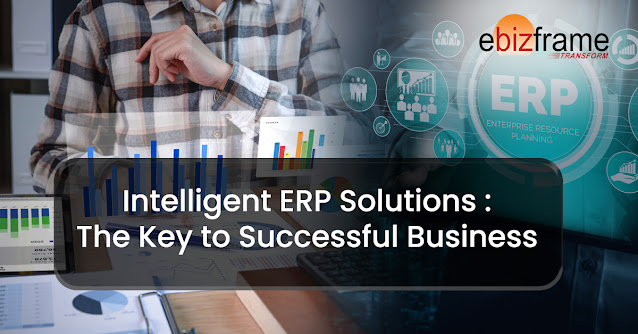The Evolution of ERP Software Systems in India
The journey of ERP Software Systems began in the 1960s and 1970s with the development of large-scale manufacturing and inventory management systems. These early systems were primarily used by large manufacturers to automate their production and inventory processes.
In the 1980s and 1990s, ERP Software Systems began to evolve and expand to include modules for financials, human resources, and customer relationship management. This expansion allowed ERP systems to be used by organizations of all sizes and industries, not just manufacturers.
Following liberalization, Indian firms recognized the importance of efficient manufacturing, cost reduction, and quality control in order to remain competitive. Others who adjusted flourished quickly, while those who remained to the old ways of doing business declined. As the Indian economy began to integrate with the global economy, the international links of Indian firms expanded enormously, with both imports and exports increasing exponentially. This popularized the concept of ERP Software Systems in India.
Now, Enterprise Automation evolved from a nice-to-have to a must-have. People began with accounting software and progressed to inventory, buying, and sales controls via software MRPII (Manufacturing Resource Planning) gradually found its position within the wider organization.
Trickle down to the SME segment began somewhere around 1996-97 with the entry of middle-tier international ERPs from companies like Microsoft and with ERPs designed and developed in India. Thus, began the movement of ERP from large enterprise to larger industry base with Middle and Small segments getting hooked onto it.
In the early 2000s, ERP Software Systems began to move to the cloud, making them more accessible to small and medium-sized businesses. This also made it easier for organizations to implement and maintain ERP Software Systems, as they no longer had to invest in expensive hardware and software.
The Journey of ERP Software Systems for ESS India
Eastern Software System (ESS) was one of the first software companies to develop ERP as a product in the way that product development is understood. Makess ERP Software System, which was subsequently updated to ebizframe, was the first to provide a low-cost ERP system to the Small and Medium-Sized Enterprise (SME) market. The emphasis on the SME category was deliberate.
ESS asked the very crucial question, why shouldn't SME businesses benefit from enterprise automation and integration? They, too, require efficiency and cost restrictions if they are to develop and go worldwide.
An Indian ERP with international quality standards at Indian costs piqued the interest of Indian businesses, and ebizframe ERP Software Systems quickly rose to the top of the ERP market in India. ERP had a huge impact on how Indian enterprises performed business. Reducing the cycle time of business operations from inquiry to delivery, lowering inventory holding costs, improving cash flows, more efficient production, and better QC resulting in reduced rejections and more savings - these advantages enabled Indian enterprises to compete worldwide.
Better internet connectivity saw ERP Software Systems moving onto the .Net and running on multiple locations without heavy investments in VPN and infrastructure. These developments made it possible for SMEs to reap the benefit of ERP even better.
How did ebizframe ERP Software Systems transform itself?
Eastern Software Systems India developed ebizframe ERP Software Systems that can help enterprises get a Return on Investment (ROI) within 2 years because of its low cost of ownership and the savings that accrue from its usage. Any good ERP implementation is able to generate savings due to different operational efficiencies achieved from implementing ebizframe ERP. ebizframe ERP Software Systems supports both internal and external integration with third-party applications and hardware. Its lightweight cloud-based technology lends its universal appeal since it can operate on almost any system, including Android, iOS, and Windows. It is compatible with tablets, laptops, desktop computers, and even smartphones. Its graphical display makes it easier for users to interpret complicated business data. Flexible configurability has made the implementation of ebizframe ERP surprisingly faster, thus, the time taken from lab to field has reduced dramatically, making its adaptability much easier for the enterprise.
In the year 2020, ebizframe ERP Software Systems upgraded itself by integrating a layer of advanced functionalities into its traditional ERP Systems. ebizframe Intelligent ERP now comes embedded with advanced technologies like Robotic Process Automation (RPA), Business Intelligence (BI), the Internet of Things (IoT), and Mobile Apps, giving organizations the lift they need to take their business to the next level. Overall, the journey of ERP Software Systems has been one of evolution and expansion, with a focus on making these systems more accessible and user-friendly for organizations of all sizes and industries. To learn more about ebizframe Intelligent ERP Software Systems and its added functionalities to take business to next level, contact us at marketing@ebizframe.com or visit www.ebizframe.com.




Comments
Post a Comment